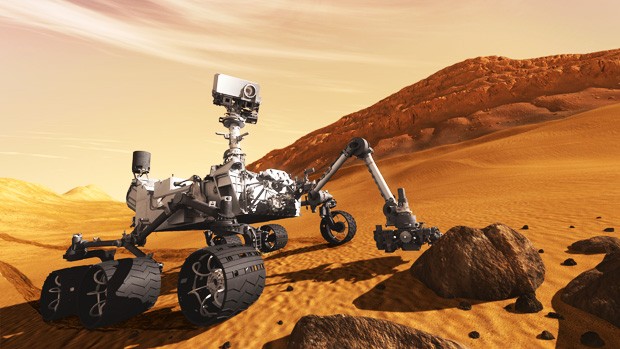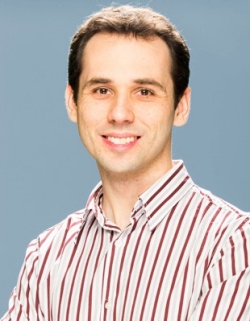An example problem I'd like my research to address is how to prevent rovers from getting stuck in soft sand, like the Mars exploration rover Spirit did in 2009, ending its mission.
What will next-generation Mars rovers and off-road robots look like? Do we need to re-invent the wheel for low-gravity planetary surfaces?
What do you hope will be the impact on society and your field of study?
KS: The hoped for impact includes higher scientific return from space missions by enabling robots to access more challenging and interesting terrains.
This area of research is also meant to help maintain Canada’s global leadership in space robotics, which provides the economy with a supply of high-tech jobs and inspires the next generation of Canadians to pursue science and engineering.
Another applicable domain for this research is off-road mobility and the autonomy of defence vehicles, for enhancing Canada’s security.
Now that you've won a Canada Research Chair (CRC), what next steps do you hope to take?
KS: One of my main objectives as a CRC has been to further strengthen ties between Concordia and the Canadian Space Agency (CSA).
Next steps include field testing at CSA's analogue terrain, a soccer-field sized proving ground for rover technologies, as well as experiments aboard reduced-gravity "vomit comet" flights to simulate driving in Martian and lunar gravity.
Will students be involved with the project?
KS: Yes, I have one PhD and one MASc student currently involved in this research program, with three or four more grad students joining the lab in the upcoming academic year. I also had two undergrads involved last summer.
Find out more about Concordia’s Department of Electrical and Computer Engineering and the Concordia Institute of Aerospace Design and Innovation.
 The Curiosity rover, the design basis for the Mars 2020 rover. | Image via Wikipedia
The Curiosity rover, the design basis for the Mars 2020 rover. | Image via Wikipedia
 Krzysztof Skonieczny
Krzysztof Skonieczny


